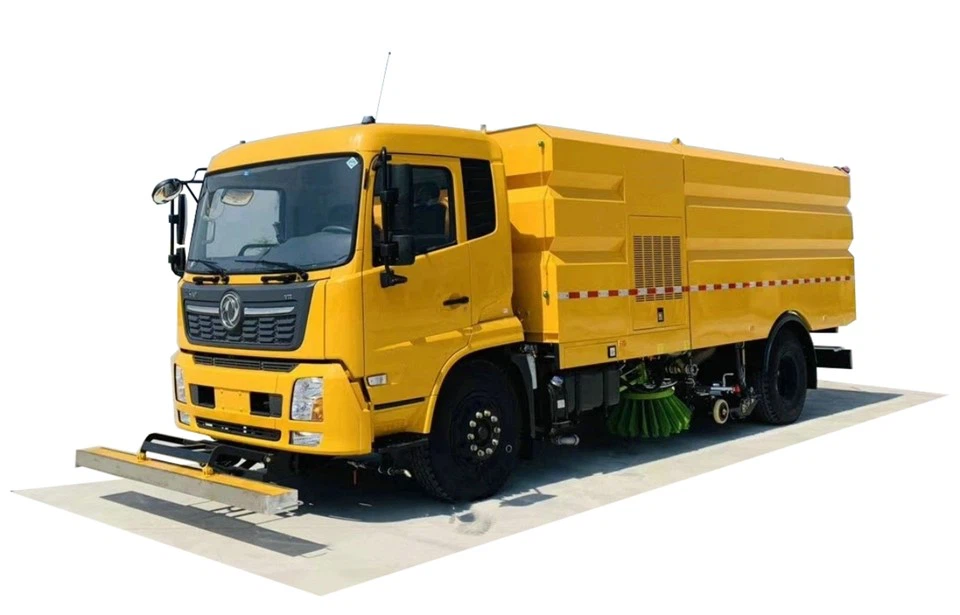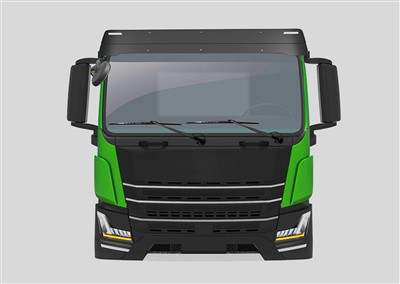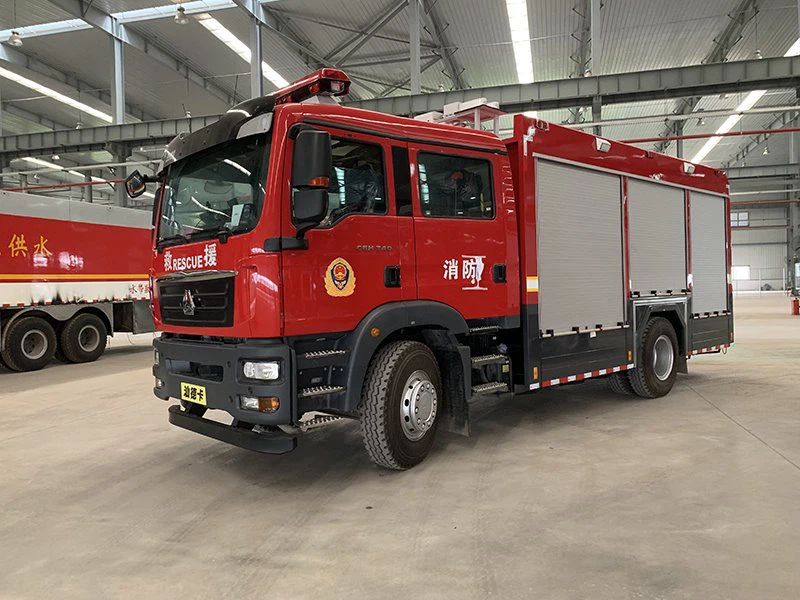Understanding the Garbage Truck Arm: Functionality, Types, and Benefits

As urban areas expand and the necessity for efficient waste management rises, garbage trucks have evolved significantly in their design and operation. A cornerstone of this evolution is the garbage truck arm, a vital component that streamlines waste collection. This article delves into the intricacies of garbage truck arms, exploring their types, functions, and the technological advancements that have shaped their development.
What is a Garbage Truck Arm?
A garbage truck arm, often referred to as an automated arm or a mechanical arm, is a specialized apparatus on collection trucks that facilitates the lifting and emptying of waste containers. Designed primarily for efficiency and safety, these arms minimize manual labor while maximizing operational effectiveness in waste collection.
How Does a Garbage Truck Arm Work?
The garbage truck arm operates through a series of hydraulic mechanisms. It employs hydraulic fluid to create movement, allowing it to extend, rotate, and lift heavy waste containers to pour the contents into the truck’s hopper. The operation is typically controlled by the truck driver or a remote mechanism, ensuring minimal physical exertion is needed.
Basic Components of a Garbage Truck Arm
- Hydraulic Pump: Converts mechanical energy into hydraulic energy.
- Arm Structure: The main framework that extends and rotates.
- Gripper or Claw: Used to grasp and lift the waste container securely.
- Control System: Enables remote operation of the arm.
Types of Garbage Truck Arms
Garbage truck arms come in various designs, each suited for different types of waste collection. Understanding these types can help in appreciating their functionality and application.
Front-Load Arm
The front-load arm is the most common type of garbage truck arm, typically mounted on the front of the truck. It works in tandem with dumpsters commonly found in commercial settings.
Advantages of Front-Load Arms
- High efficiency in residential and commercial areas.
- Ability to handle larger, bulkier containers.
- Reduced worker strain due to automated operation.
Side-Load Arm
Side-load arms are mounted on the side of garbage trucks. They are particularly useful in residential neighborhoods where waste containers are positioned at the curb.
Advantages of Side-Load Arms
- Spatial efficiency—can work in tighter spaces.
- Better for routine pickups in suburban settings.
- Increased driver visibility of surrounding areas.
Rear-Load Arm
Rear-load arms are equipped at the back of the truck and are designed for use with larger waste bins that face the rear of the vehicle. They are less common compared to other types but serve specific needs.

Advantages of Rear-Load Arms
- Ideal for handling large volumes of waste.
- Allows for more significant dumping capacity.
- Facilitates better weight distribution in the truck.
Benefits of Using Garbage Truck Arms
Implementing garbage truck arms offers numerous benefits that enhance the efficiency of waste management operations. Below are some of the key advantages:
Increased Efficiency
The automation provided by garbage truck arms allows for quicker collection times, enabling waste management companies to optimize routes and reduce operational costs.
Improved Safety
By minimizing manual handling of heavy containers, the risk of injuries among waste collection workers is significantly reduced.
Environmental Benefits
With more efficient collection systems, garbage truck arms help decrease fuel consumption, lower emissions, and promote environmentally friendly waste management practices.
Cost Savings
Investing in modern garbage truck arms can lead to long-term savings in labor costs, fuel efficiency, and maintenance.
Selecting the Right Garbage Truck Arm
Choosing the right garbage truck arm involves considerations of various factors that align with operational needs. Below are the key aspects to consider:
Container Compatibility
Ensure that the selected arm is compatible with the containers used in your waste collection operations. Measure container dimensions and weights to select appropriately.
Load Capacity
Consider the weight limits of the arm. All arms come with defined load capacities, and exceeding these can lead to mechanical failures or safety hazards.
Operational Environment
The type of environment (urban vs. rural, residential vs. commercial) will dictate the design of the arm to choose, as well as its operational efficiency.
Technological Advancements in Garbage Truck Arms
The field of waste management continues to evolve, especially with technological advancements. Here are some trends currently shaping the future of garbage truck arms:
Smart Technology Integration
Many modern garbage truck arms are now being equipped with smart sensors and systems that allow for real-time monitoring of operations. This enables the tracking of waste levels in containers and streamlines collection schedules.
Telematics and Tracking
Telematics systems provide operational data analytics, enabling fleet managers to optimize routes and schedules based on traffic patterns and container fullness.
Training and Simulations
Advanced training methods using simulators allow operators to practice arm operations, enhancing skill and safety protocols in real-world scenarios.
Maintenance of Garbage Truck Arms
Regular maintenance of garbage truck arms is crucial to ensure they remain operational and efficient. Below are essential maintenance tips:

Regular Inspections
Perform weekly inspections to check for wear and tear, leaks, and hydraulic fluid levels. Early detection can prevent costly repairs.
Hydraulic System Maintenance
Ensure regular servicing of the hydraulic system to maintain optimal performance. This includes checking hoses, seals, and fluid levels.
Cleaning
Keep the arm clean from debris and waste materials that may accumulate over time. A clean arm operates more efficiently and has a prolonged lifespan.
Practical Examples of Garbage Truck Arm Use
Various municipalities and companies utilize garbage truck arms to streamline their waste collection operations. Here are a few illustrations:
City Waste Collection
Cities with high-density populations implement side-load arms to manage limited street space effectively, allowing for efficient collections from roadside bins without disrupting traffic.
Commercial Waste Management
Commercial establishments often use front-load arms for periodic pickups of larger containers, enabling swift service and limited employee involvement in waste handling.
FAQs About Garbage Truck Arms
What is the average lifespan of a garbage truck arm?

The average lifespan of a garbage truck arm is typically around 10-15 years, depending on usage, maintenance, and build quality.
Are garbage truck arms eco-friendly?
Yes, garbage truck arms contribute to eco-friendliness by reducing fuel consumption and emissions while promoting efficient waste management practices.
Can garbage truck arms operate in winter conditions?
Most modern garbage truck arms are designed to function effectively in winter conditions, but operators must ensure that snow and ice do not obstruct their operation.
How much weight can a garbage truck arm lift?
The lifting capacity varies by design, but most garbage truck arms can typically lift between 800 to 1,500 pounds. Always consult the manufacturer’s specifications.
Do garbage truck arms require special training to operate?
Yes, operators should receive training to handle the machinery safely and efficiently. Many companies provide operational training for new employees.
What maintenance tasks should be prioritized for garbage truck arms?
Prioritize hydraulic system inspections and cleanliness to ensure optimal operation and early identification of underlying issues.
